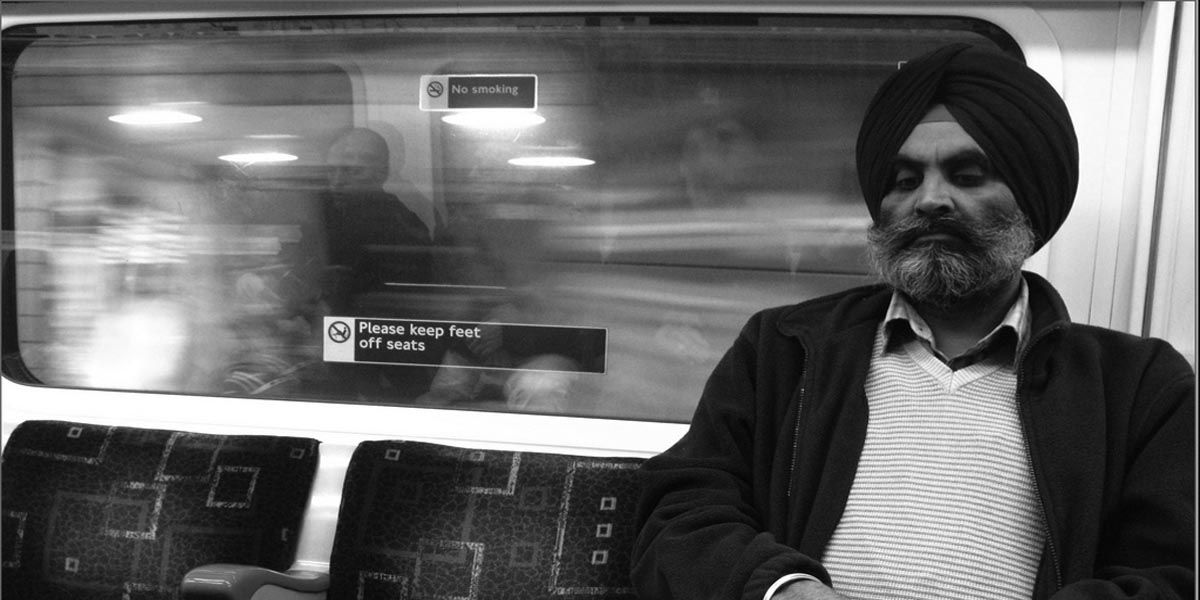New report reveals snapshot of British Sikh community
Many Sikhs in Britain, including myself, share a similar account of how our parents and grandparents came to the UK in the 1960s and 1970s with little more than £10 in their pockets, endured dreadful racism and worked hard to...
Many Sikhs in Britain, including myself, share a similar account of how our parents and grandparents came to the UK in the 1960s and 1970s with little more than £10 in their pockets, endured dreadful racism and worked hard to ensure that their children could have better lives than themselves. Theirs is a tale of ingenuity and integration whilst retaining their unique identity, both cultural and religious.
The Sikh community has progressed greatly since those days of mass migration, but there remains very little information available regarding the make-up of modern British Sikhs.
To fill this gap, the British Sikh Report 2014 has just been released, an annual project attempting to capture a snapshot of the contemporary British Sikh community by means of quantitative data. This grassroots research project has received the support of a number of organisations, Sikh and non-Sikh alike.
Established in 2012, the project aims to create greater awareness of Sikhs within Britain whilst acting as a mirror for the community itself to consider their changing needs. The parliamentary launch was attended by MPs and Lords including Sadiq Khan, Fabian Hamilton, Stephen Timms, Pritti Patel, Lord Crathorne and Lord Dholakia amongst others.
One key figure to emerge from the BSR 2014 is that the value of the Sikh pound is £7.63 bn. That is impressive for a community which, according to the 2011 census, is merely 430,000 strong throughout the United Kingdom. Sikhs are also seen to have a strong entrepreneurial spirit, with one in three Sikh families in the UK (33 per cent) owning businesses.
The BSR 2014 further sets out that 87 per cent of British Sikhs own their homes either outright or with a mortgage, and that only 9 per cent rent their homes. A significant proportion of Sikhs (47 per cent) live in multi-generational homes, showing that living with one’s family remains an important part of the British Sikh experience. Sikh families are very likely to own more than one property in the UK (49 per cent) as well as a property in India (50 per cent).
This kind of research is pivotal towards our understanding of the various communities which form our nation. It is also important for minority communities such as British Sikhs to be recognised and acknowledged in their own right rather than as part of a larger homogeneous grouping of ‘British Asians’ as is often the case. The BSR 2014 found that 70 per cent of respondents self-identified as either British or British Sikh, whereas only 1 per cent described themselves as ‘British Asian’ – yet this term is liberally used within the media to describe anybody of South Asian descent.
What is also interesting from the statistics is the diversity of opinion which exists amongst British Sikhs. 38 per cent would send their children to a faith school, whilst a similar number (37 per cent) would not. 37 per cent of British Sikhs are teetotal whilst 28 per cent drink alcohol at least once a week. 55 per cent are comfortable with a close family member marrying somebody from a non-Sikh background.
2014 is a year of many anniversaries for British Sikhs. This May marks 160 years since the first Sikh arrived on British soil, a deposed King from the Punjab whose children eventually had Queen Victoria as their godmother. Sikhs also formed a substantial contingent of soldiers during the First World War, and a centenary exhibition marking the role of Sikhs fighting for King and Empire shall be held in London this summer.
The most tragic of anniversaries will take place this year as it is 30 years since the storming of the Golden Temple complex in Amritsar by the Indian armed forces in June 1984 and the genocide of thousands of Sikhs in Delhi and other cities in India in the aftermath of Indira Gandhi’s assassination by two Sikh bodyguards in October that year. The revelations in January this year that the British government of the day had sent an SAS officer to India in the months running up to the storming of the Golden Temple complex has led some Sikhs to question their Britishness and re-evaluate their self-identity.
British Sikhs have a diversity of views, are strongly family orientated and are financially powerful. In some constituencies, they are electorally powerful, too. In the run-up to May 2015, the community is likely to be courted by all political parties, especially where marginal seats in the Midlands and the South East are concerned.
But it is about time that all politicians realised that a cursory trip to the Gurdwara (Sikh place of worship) is not enough to convince the Sikh community to vote for them. True engagement is necessary, and it is hoped that the British Sikh Report will help facilitate such discourse and debate for everyone to better understand the wants and needs of this community.
Jasvir Singh is the Chair of the British Sikh Report, Chair of the City Sikhs Network (the lead partner of the BSR 2014), and is Treasurer of Vauxhall CLP and Sikhs for Labour. If you wish to read the BSR 2014, it is available to download at www.britishsikhreport.org.
